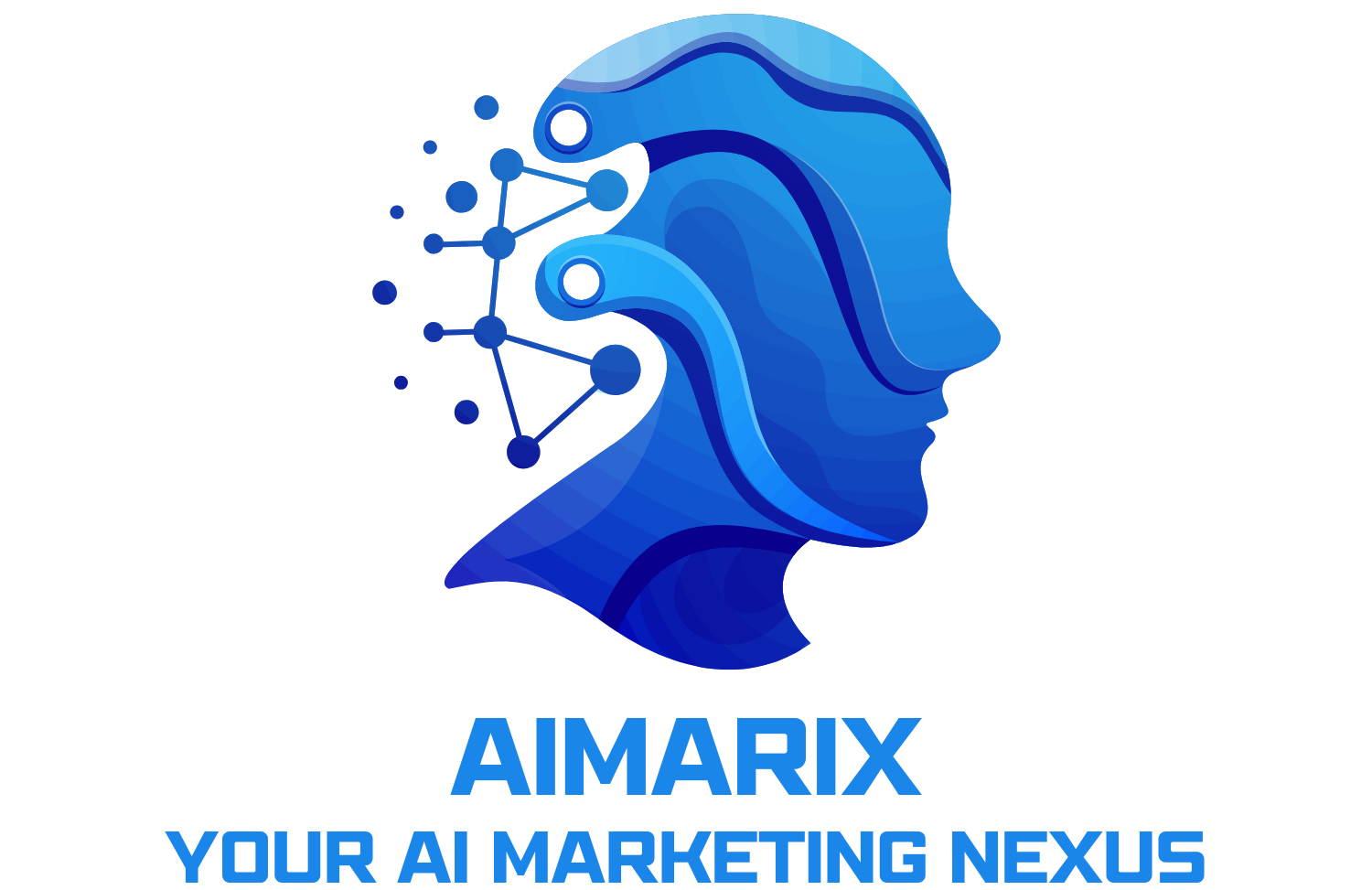Generative AI Agents are revolutionizing the way large language models (LLMs) interact with the world around them. These autonomous programs not only generate text but also access and utilize external tools (APIs, databases, etc.) to perform tasks. In this blog post, we’ll break down the key concepts behind Generative AI Agents, explore how their architecture is structured, and highlight their immense potential for real-world applications.
What Are Generative AI Agents?
At their core, Generative AI Agents extend LLM capabilities by enabling them to seamlessly interact with the outside world. This is in contrast to a typical LLM, which operates in a more isolated environment. These agents can query APIs, retrieve real-time information from databases, and ultimately make decisions or perform tasks autonomously.
The Three Pillars of Generative AI Agent Architecture
- The Model (LLM)
- This is where the intelligence resides. Popular options include GPT, PaLM, or LLaMA.
- The LLM is trained to generate coherent responses, reason about queries, and adapt its output based on internal states and prompts.
- External Tools
- Extensions: Standardized API wrappers that let the agent communicate with external resources (e.g., weather services, payment gateways).
- Functions: Client-side API calls initiated by the agent itself, enabling more complex interactions like submitting forms or requesting data on demand.
- Data Stores: Often vector databases designed for real-time information retrieval, storing embeddings to help the agent recall context and past interactions.
- Orchestration Layer
- The “glue” that manages how the LLM interacts with tools and data.
- Utilizes reasoning frameworks like ReAct, Chain-of-Thought, or Tree-of-Thoughts to help the model break down complex tasks and maintain logical coherence over multiple steps.
Enhancing Model Performance with Targeted Learning Techniques
- Chain-of-Thought
- Encourages the LLM to reason step-by-step, providing a transparent way to see how conclusions are formed.
- Useful for complex problem-solving in areas like mathematics, coding, and structured queries.
- Tree-of-Thoughts
- Introduces a branching factor to the model’s reasoning, allowing it to consider multiple potential outcomes simultaneously.
- Ideal for scenarios requiring decision trees or where multiple solution paths might lead to different outcomes.
- ReAct
- Combines reasoning and acting in the same framework, enabling the agent to perform actions based on intermediate reasoning steps.
- Great for real-time systems that need to respond dynamically to external stimuli.
Practical Implementations: LangChain and Vertex AI
- LangChain
- A popular Python-based library for building advanced applications with LLMs.
- Simplifies integration with various data sources and helps manage conversation context, allowing for more sophisticated agent-based applications.
- Vertex AI
- Google Cloud’s suite of machine learning tools that supports training, deployment, and orchestration of AI models.
- Offers an enterprise-grade environment for scaling Generative AI Agents efficiently.
Real-World Use Cases
- Customer Support
- Agents can access user data from CRM systems, generate personalized responses, and solve tickets autonomously.
- E-commerce Chatbots
- Integrate payment APIs and inventory databases to handle transactions, stock checks, and personalized product recommendations.
- Healthcare Diagnostics
- Agents can securely access patient records (with proper authorization), analyze medical data, and suggest possible diagnoses or treatments.
- Financial Services
- Automate risk analysis, retrieve real-time market data, and perform algorithmic trading instructions.
Why Generative AI Agents Matter
- Scalability: By offloading repetitive tasks to AI, businesses can handle larger volumes of requests without sacrificing quality.
- Adaptability: Agents leverage multiple data sources and APIs, making them versatile enough for various industries.
- Efficiency: Automating complex workflows can reduce costs and free up human talent for strategic tasks that truly require a human touch.
Generative AI Agents are more than just text generators—they’re complete systems capable of understanding, reasoning, and acting in response to real-world inputs. By combining LLMs, external tools, and a robust orchestration layer, these agents can tackle complex tasks autonomously, opening the door to innovative applications in customer service, healthcare, finance, and beyond.
Ready to dive deeper? Explore frameworks like LangChain or Vertex AI to begin constructing your own Generative AI Agents, and unlock the full potential of autonomous AI in your next big project.
Source: Google Drive

